Restless Legs Syndrome (RLS) is a neurological condition that triggers an uncontrollable urge to move the legs, often accompanied by uncomfortable sensations. This disruptive condition can interfere with sleep and hinder daily activities, significantly reducing one’s quality of life. While there is no known cure for Restless Legs Syndrome (RLS) at present, physical therapy can be instrumental in managing its symptoms and promoting overall well-being. By employing specific exercises and therapeutic interventions, physical therapy strives to alleviate discomfort, improve mobility, and enhance the overall quality of life for individuals affected by RLS. Through personalized treatment plans and ongoing support, physical therapy empowers individuals to better cope with RLS and regain control over their daily lives.
Understanding Restless Legs Syndrome:
To better comprehend the role of physical therapy in managing Restless Legs Syndrome (RLS), it is important to familiarize ourselves with the condition. RLS affects a substantial portion of the population, with approximately 10% experiencing its symptoms at different points in their lives.
Although the exact cause of RLS is still unclear, researchers speculate that a combination of genetic and environmental factors contributes to its onset. Acknowledging the multifaceted nature of RLS, physical therapy adopts personalized strategies to alleviate its symptoms and enhance the overall quality of life for individuals affected by this condition.
If you have Restless Legs Syndrome (RLS), you might feel an uncontrollable need to move your legs. This feeling can come with tingling, itching, or crawling sensations. The symptoms usually get worse when you’re not moving or resting, but they get better when you start moving again. RLS disrupts sleep, causes daytime fatigue, and hinders productivity due to disrupted sleep and daytime fatigue.
Role of Physical Therapy:
Physical therapy is a way to help with RLS without using medicine. Exercises and techniques improve blood flow, muscle relaxation, and overall relaxation. Also, you can do physical therapy along with other treatments recommended by your doctor to help manage your RLS symptoms better.
Stretching and Strengthening Exercises:
Doing specific stretches and exercises can make you feel better if you have RLS. Moreover, these exercises help make your muscles more flexible, improve blood flow to your legs, and reduce muscle tension. Exercises like stretching calves, hamstrings, and strengthening quadriceps improve sleep quality and comfort.
Aerobic Exercise:
Doing aerobic exercises on a regular basis, like walking, swimming, or biking, can be really good for people with RLS. Aerobic exercise improves heart and blood vessel health, increases blood flow, and relieves pain. Try to do at least 30 minutes of exercise that gets your heart pumping most days of the week. This can make a positive difference in how RLS affects you.
Massage and Manual Therapy:
Getting a massage or manual therapy from a trained physical therapist can be helpful if you have RLS. RLS patients can be treated using gentle massaging, stretching, myofascial release, and trigger point therapy to relax affected muscles and knots, addressing any tightness or knots that may worsen the condition.
Breathing and Relaxation Techniques:
Deep breathing exercises and relaxation techniques can help manage stress and reduce RLS episodes. Additionally, practice mindfulness, belly breathing, muscle relaxation, and breathing from your belly to feel calmer and less stressed.
Posture and Ergonomics:
RLS can be improved by maintaining proper body position and workspace setup. A physical therapist can assess sitting and standing postures, suggest adjusting desks and chairs, using support devices, and ensuring proper leg positioning during sitting or standing.
Conclusion:
Physical therapy is a well-rounded way to help with Restless Legs Syndrome. Engage in stretching exercises, heart-pumping activities, massages, relaxation techniques, and make workspace or home changes for muscle strength and overall well-being. All these things together can make you feel better and enjoy life more if you have RLS. It’s important to work with a physical therapist or doctor to come up with a plan that fits your needs. And remember, physical therapy works best when you also use other treatments that your doctor suggests.
Visit Kinito Physical Therapy for Restless Legs Syndrome symptoms control and well-being. Our team of skilled physical therapists specializes in holistic approaches to managing RLS symptoms. Also, a personalized treatment plan, including stretching, aerobic activities, massage, manual therapy, breathing techniques, and ergonomic modifications, improves quality of life and reduces pain. Don’t let RLS disrupt your sleep and daily activities any longer. Contact us now and take the first step towards a more comfortable and fulfilling life.
